Temporary friends
We have hiked long enough to see lakes turn into wetlands, and wetlands turn dry
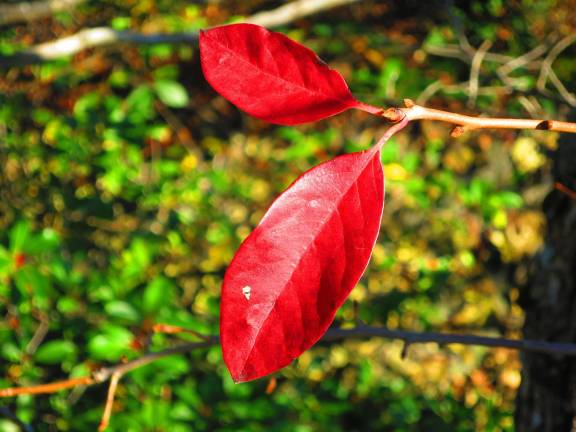
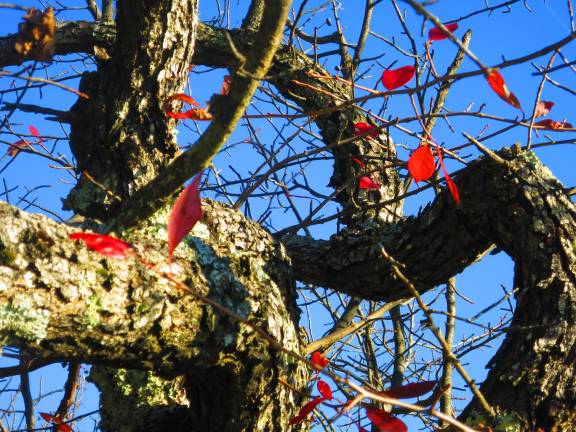
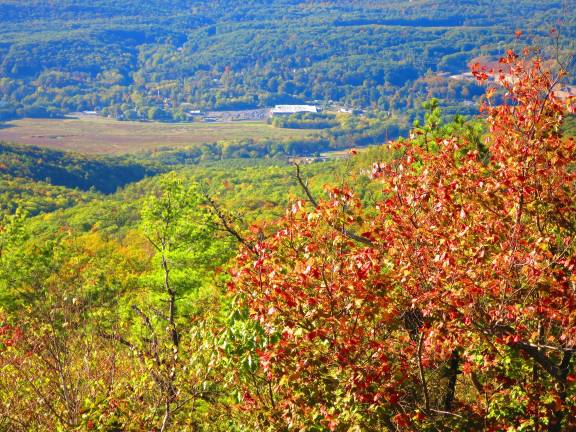
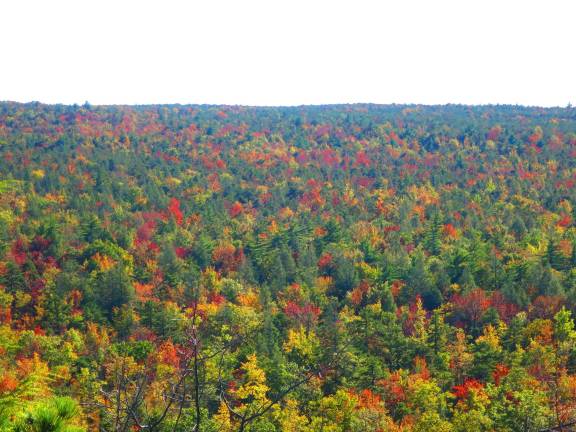
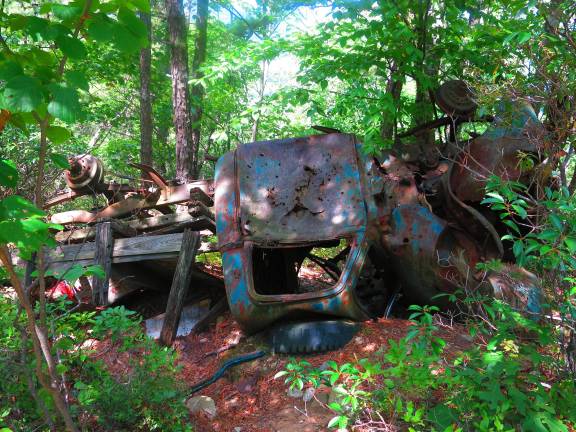
We dreaded what we might find at the Smiley Carriageway. The last time we attempted to hike it, this once-familiar trail had become strange. A hurricane that had destroyed it eight years earlier scraped away so much of the landscape, it had become more route than trail. Boulders got loose, rolled, and stopped right in the middle of our meander. Trees, too, were tossed in our way, their root balls torn up, their crowns crashed to earth. Hiking this trail for the first time after the storm felt like one of those unsettling dreams, in which a trip you've taken a thousand times suddenly becomes painfully difficult, disorienting, and you never quite arrive. Or a dream in which you see a friend who doesn't know you anymore.
That long-ago night I had a terrible dream that I used to have a lot, but not for years at that point, about my dad, who died suddenly when I was 15. In this recurring dream he would return – for a day, or for what I would consider the rest of his natural life, and the choice was mine. I could have him for a day with no strings attached. But if I wanted him for many years, I'd have to complete a long list of impossible tasks in a day. Always greedy, I would unfailingly choose the list. And I wouldn't get through even a small part of the first impossible thing, nowhere close, before time was up and darkness fell. Then I'd turn, like Orpheus, to see my dad fade silently back into the shadows.
We are old enough, and have hiked long enough, to know that the landscapes you come to love are but temporary friends. We have seen lakes turn into wetlands, and wetlands turn dry. We've tracked the forest succession on our favorite trails, seeing over time how the hardwoods spread and the underbrush shrinks. But these sudden assaults, these fierce storms made ever more powerful by global warming, feel different. Two years ago a freakish March storm punched big holes into the beautiful dark ravine at Dingmans Falls, pouring sunshine into a place not used to it. The grand hemlocks were already weakened by an invasive pest, and no match for the storm's fury. The shade-loving rhododendron were caught out in the open, and now have no choice but to start their long decline. A lush, jungly understory punctuated by reedy saplings started up almost immediately. And even though the walks have been rebuilt, there is no way to replace the best of what has been lost.
The more the landscape changes, the more people come to see it, and change it more. The parking lot at Sam's Point on the Shawangunk Ridge fills up earlier and earlier now on the weekends. On a recent Saturday we had come to see the dwarf pines and the coruscating red sweep of blueberries in autumn, but we were turned away. It's just as well the lot limits the number of people who hike that part of the ridge. The number of cars streaming into Cragsmoor and turning back shocked me. What would the ridge would be like under the strain of all those boots?
So we continued up the road to Ellenville, to the trailhead parking lot tucked behind the firehouse. The nightmare trail of our last visit was gone, and it had been completely restored. The footing was secure and comfortable as we climbed steeply up the ridge. The wrecks of two Depression-era trucks were still there. The sounds were the same, the din of traffic for the first hour, then, after a turn, a churchlike silence the rest of the way.
We were alone for hours and hours, another world from the crush at Sam's Point. The landscape was just as lovely, although you have to work harder to get to the dwarf pines and blueberries on top. The last bit of trail leading to our lunch spot at Napanach Point was a sweet path of fine white gravel. Although we were able to get to Napanach Point by another trail during the years we've stayed away, it's good, in our ever-changing world, to have this one back.
SNEAK PEEK
Trailhead: Parking lot at Berme Road Park, behind the firehouse in Ellenville, NY
Trail: Smiley Carriageway, after 3.3 miles make a left onto High Point Carriage Road, then another quarter mile to Napanach Point on the left